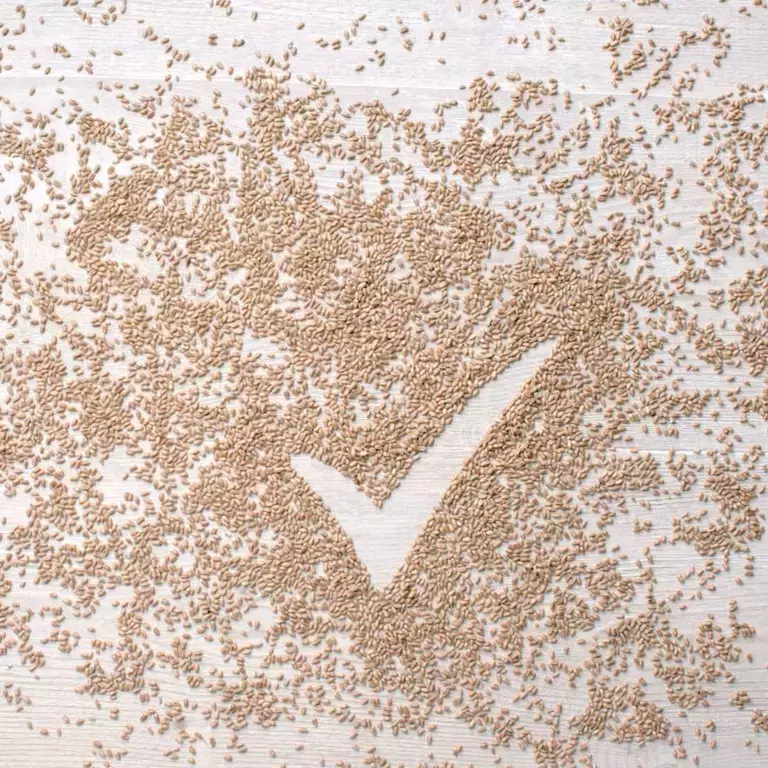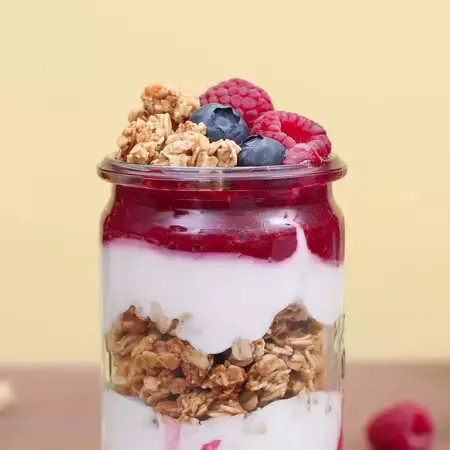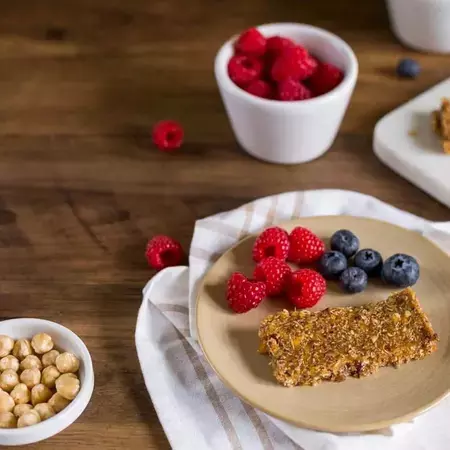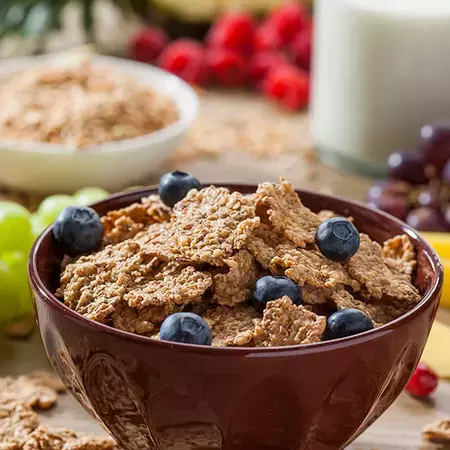At CPW, we promise to make breakfast better. But what does a nutritionally better breakfast actually look like? The IBRI, led by world-renowned nutrition experts, has helped us to answer this question. Find out exactly what constitutes a healthy breakfast and more on this page.
What really makes a best breakfast? The International Breakfast Research Initiative (IBRI)
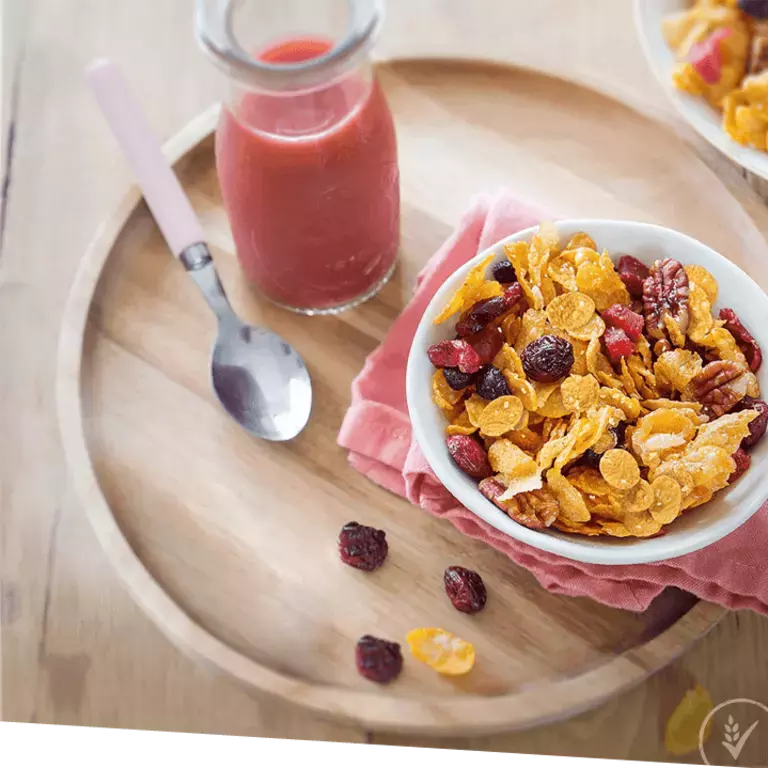

WHAT IT IS ABOUT AND KEY FINDINGS
Previously, there were no internationally-agreed criteria regarding what constitutes a nutritionally-balanced breakfast. This is the challenge the IBRI project aimed to address. Its objective was to propose an approach to developing such criteria and define the nutritional guidelines for a balanced, healthy breakfast for three regions: Europe & North America, Latin America, and South-East Asia.
The IBRI methodology considered what people in each region actually eat at breakfast with the aim of improving nutritional intakes where needed. It relied on international nutritional recommendations from the World Health Organization and Codex, and can be adapted to specific countries and populations using the country/national and age-specific recommendations. Thus, they have curated healthy breakfast guidelines to suit everyone, no matter where you are in the world.
The full methodology has been published and is available at the link below.
MEET THE EXPERTS
The following renowned health and food experts contributed to the IBRI project.

HOW CAN I USE THE RECOMMENDATIONS ?
We have looked at a range of common breakfasts from Europe and North America and tested different options to improve them. We're sure you would like to know what a healthy breakfast should contain; so here are some simple steps that can help you make your own breakfast better:
1. Most people don’t get the recommended 5g of fibre at breakfast. By including a serving of whole grain in your breakfast such as oatmeal, whole grain bread or whole grain cereals, you’ll get up to 4g of fibre!
2. Breakfast is the primary opportunity to get your recommended calcium intake. A glass of semi-skimmed milk will provide a sufficient amount at breakfast – if you prefer a plant-based alternative, make sure it’s fortified with calcium!
3. Most breakfasts fall short of the recommended levels of vitamins and minerals*. If you add fruit to your breakfast, you’re more likely to get enough of the right stuff!
4. It is recommended that adults have about 10g of protein at breakfast*. Adding a handful of nuts or seeds to your breakfast is a great way to boost your protein intake. What’s more – nuts and seeds are a source of fibre, vitamins and minerals too.
HOW IS CPW USING THE RECOMMENDATIONS?
We have been improving our recipes to provide you with nutritious breakfast options. Since 2003, globally we have reduced sugar by 20% and salt by 25% across our portfolio. We have also increased the amount of whole grain by 50% and removed all artificial colours and flavours.
Most of our products are fortified with at least five vitamins and two minerals (calcium and iron). In addition, we clearly display on all of ours pack how the product should be consumed as part of a balanced breakfast. Our detailed serving size guide is HERE.
The IBRI criteria will guide us in our further improvements, to ensure our breakfast cereals represent a great option to build a balanced breakfast.
Any questions of feedback?
We would be delighted to hear your thoughts on the project and how we can help you achieve a more balanced start of the day.


